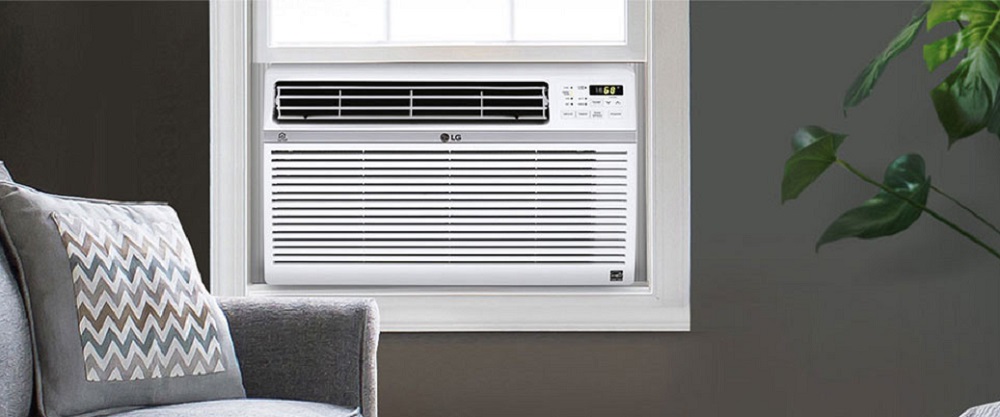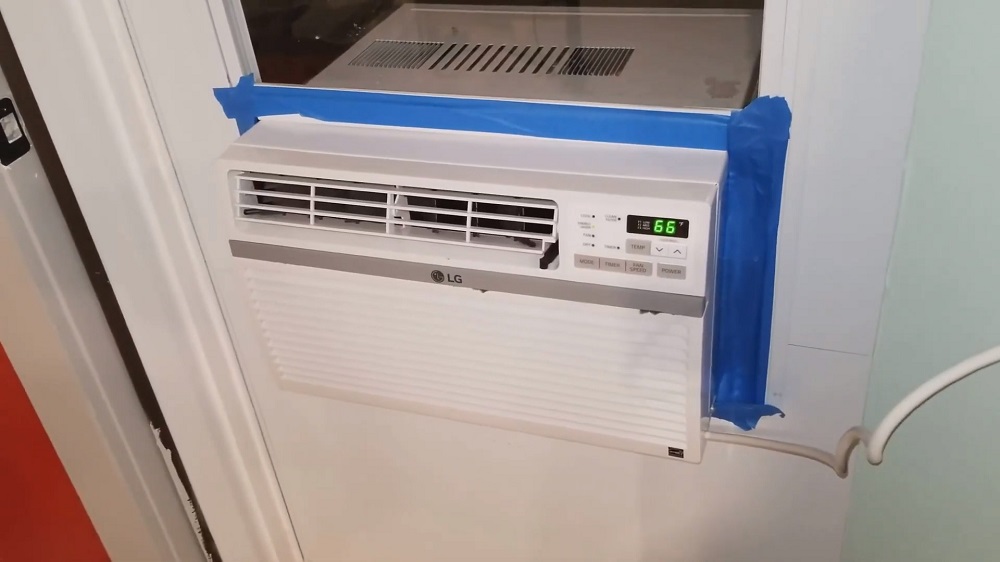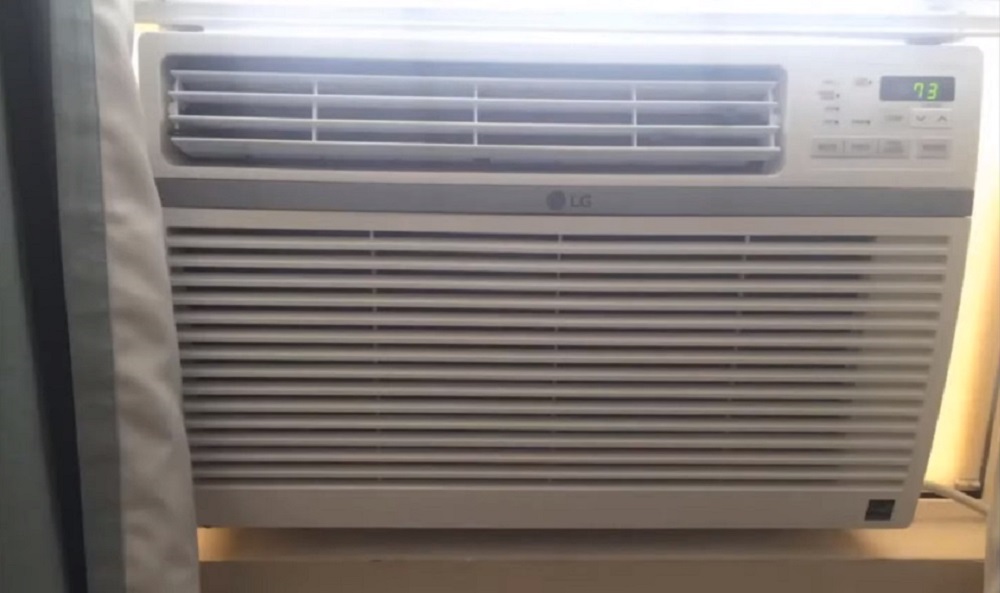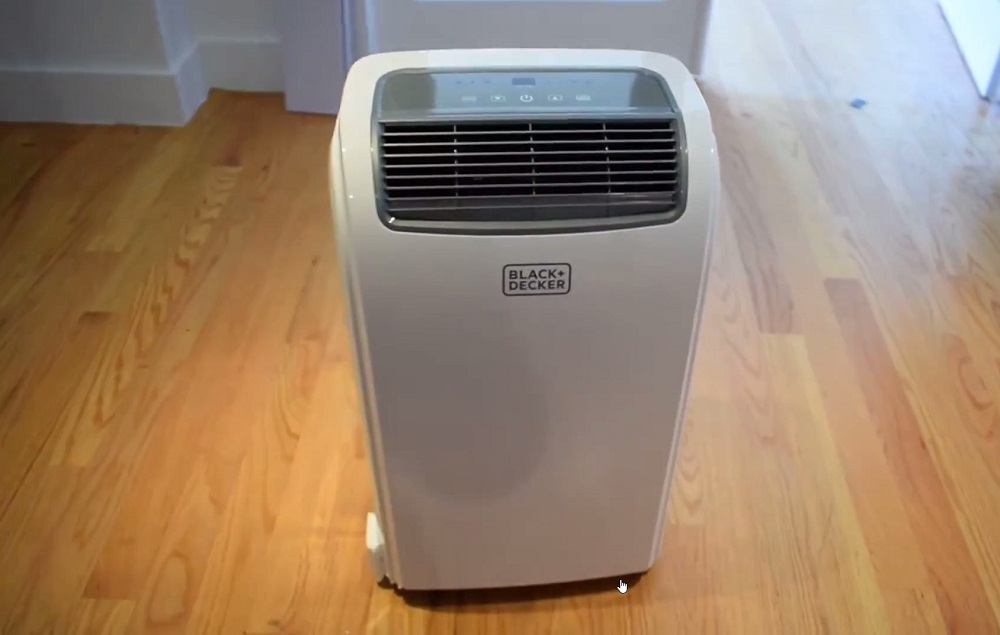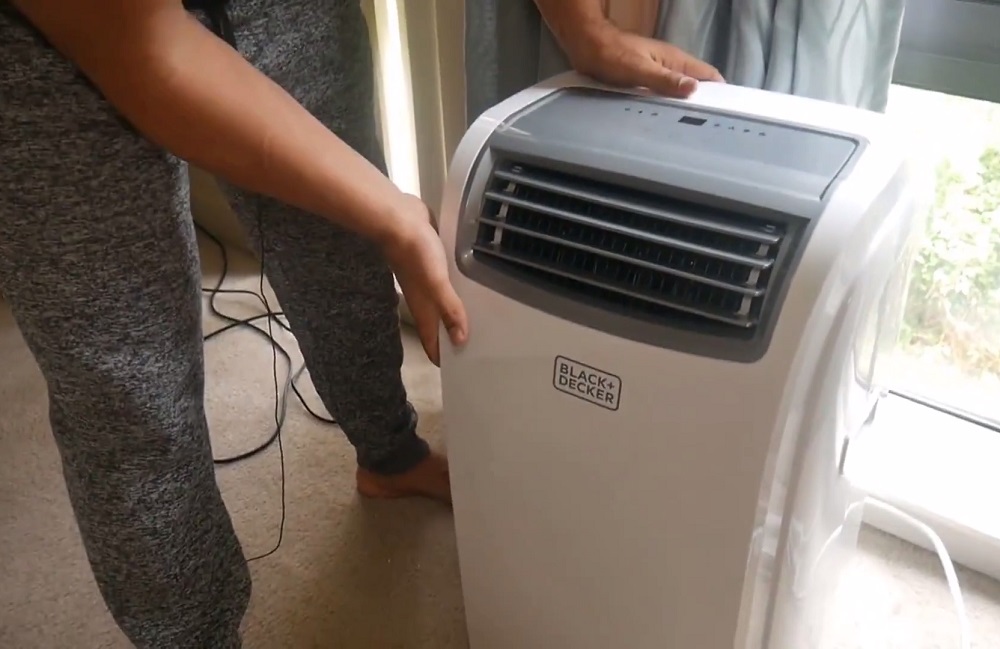It’s hot outside. Really hot. And the high humidity doesn’t make it any easier to breathe or stay comfortable as your fresh clothes are ringing wet from your excessive sweat. Making things worse, you realize that it’s going to be just as hot, just as miserable when you get home because you don’t have a good air cooling system to make you comfortable. What you wouldn’t give to cool off. You want an effective and efficient cooling system but aren’t sure what to buy. We can help you.
There are mainly two types of effective cooling options available today – portable air coolers or air conditioners. Both have their advantages and disadvantages. We will explore the various features of these two cooling options and conduct a comparative analysis to help you choose which system is right for you.
Air Cooler
Air coolers, also known as evaporative coolers or swamp coolers, operate on a simple principle: Hot air is drawn in by a fan and blown over cool water to decrease the room temperature. They are similar to fans but use water or ice cubes to cool the room, whereas fans merely circulate the air in the room.
Unlike traditional air conditioners that require large components and significantly more electricity, air coolers are powered by small motors using a fraction of electricity to operate. Since they are small and lightweight, they can easily be moved from room to room.
How the Air Cooling System Works
Some air coolers, also referred to as evaporative coolers or swamp coolers, use water-soaked pads. Hot air is drawn in over a series of pads causing the water to evaporate. The evaporated water is transformed into cool air that is then directed out of the machine. Other units use water, filled into a trough found in the device. Hot air is drawn in and over the water, also producing cool air.
Features of Air Coolers
Air cooling systems come in various sizes ranging from small desktop cubes up to larger rolling units.
The mini desktop units are as small as 4.6 inches (11.68 cm) wide and 5.2 inches (13.2 cm) tall. Powered by batteries or a USB port, they can cool an area somewhere between 4 – 6 square feet (0.37 – 0.56 square meters). Rolling floor units can measure 12.7 inches (32.26 cm) wide and 31.4 inches (79.76 cm) tall, sporting a water tank capable of holding 1.8 gallons (6.82 liters) of water. These larger units are capable of cooling up to 250 square feet (23.23 square meters).
Swamp coolers have also been designed for outdoor use. One of these units, 1.4 feet (0.43 meters) wide and 3.75 feet (1.14 meters) tall, is capable of covering 1,600 square feet (148.64 square meters) for up to four hours on 14.6 gallons (55.27 liters) of water.
Another variation of this unit, also designed for warehouses, garages, and outdoor workshops), can be hooked up for continuous water feed. Depending on the size and the climate (dry arid regions compared to humid areas), air cooling units can reduce the temperature by an average of 15-16 degrees.
Some are less if used in humid areas, while others are significantly more if used in dry regions. Again, the amount of comfort these units deliver depends on the size of the unit and the part of the country where it is used.
Air Conditioners
Air conditioners work like a refrigerator. They transfer cool or cold air from a smaller confined area to a broader, warmer area.
How Air Conditioners Work
There are two basic types of air conditioners found in homes and offices. Today, large office buildings and most homes have a central heating and cooling system. Ducts placed above the ceiling allow hot and cold air to travel into rooms. Some older buildings and homes rely on an air conditioning unit that sits in a window sill blowing cool or cold air into the room. Air conditioners use a liquid refrigerant that loops through a compressor and a series of coils absorbing the heat inside and carrying it outside.
Features of Air Conditioners
Air conditioners are more effective than any other cooling option. Central air conditioners move cool air through a building evenly and effectively, not just select rooms. Just set the thermostat, and the unit will turn off when it reaches the desired temperature. When the room temperature rises, the unit will restart automatically.
| Feature | Air Cooler | Air Conditioner |
| Price | Economical | Expensive |
| Installation requirement | No | Yes |
| Daily maintenance | Yes, you need to fill water daily | Not required |
| Eco-friendly | Yes | No |
| Fresh Air | Yes | No |
| High humid areas | Does not work well | Works well |
Air Coolers Versus Air Conditioners: A Comparative Analysis
Both air coolers and air conditioners have their advantages and disadvantages.
Energy Consumption
Air coolers are far more energy-efficient than air conditioners. Air coolers operate with a motor and fan to blow across cool water or ice cubes in the machine. On the other hand, air conditioners rely on refrigerants fed through a compressor, coils, and expansion valves to produce cooler air. The U.S. Department of Energy estimates that about 6 percent of the electricity generated in the country is used for air conditioners, costing homeowners $29 billion annually.
The Moisture Factor
Since air coolers use water to cool the air, they release moisture which feels good if you live in a dry part of the country where humidity is virtually nonexistent. They are less effective, however, in humid regions. On the other hand, air conditioners are designed to produce the same results anywhere, regardless of the climate.
Eco-Friendly
Air conditioners impact the environment pumping an estimated 117 million metric tons of carbon dioxide into the air every year. Air coolers, on the other hand, only use water and emit no harmful gas.
Portability
Most of the air coolers available on the market are portable. The smaller units are easily carried while the larger units can be rolled on their wheels, providing comfort wherever you need it. On the other hand, not all air conditioners are portable. And those that are portable need a venting kit to drain the excess water and blow the hot air out. So basically, you have to open a window or a door for it to work correctly.
Summary
The debate over whether to buy an air cooler or invest in air conditioners comes down to a personal choice. If you live in an arid region and want to cut costs, air coolers may be the way to go. On the other hand, if you live in a humid area and the heat proves too overwhelming for comfort, you may opt for an air conditioner.
